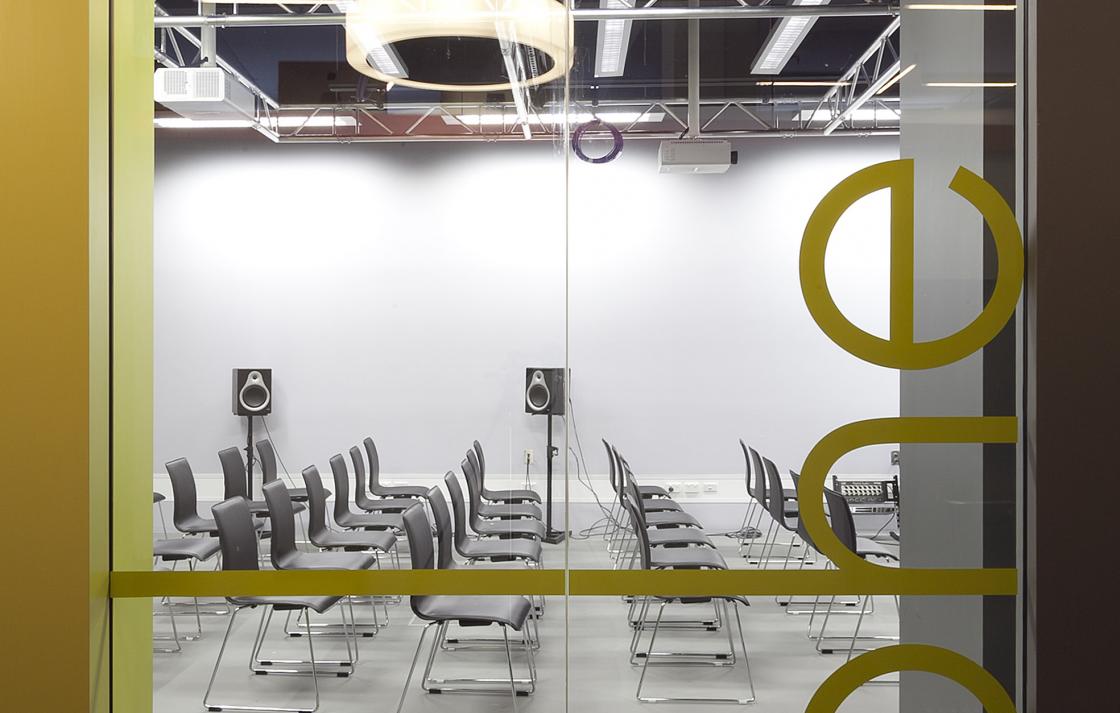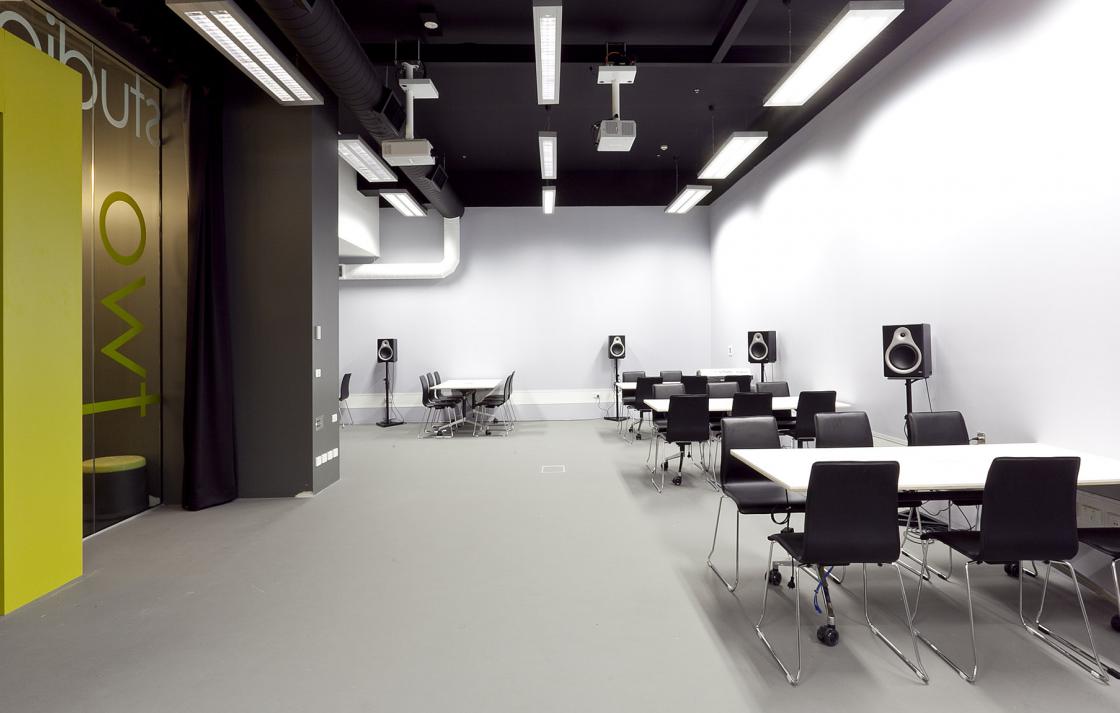Bachelor of Music & Sound Design FAQ
What is the Selection Rank for Music & Sound Design?
Read the selection rank for Music & Sound Design.
Please note, the numbers provided are the lowest Selection Ranks (ATAR plus any adjustment factors) to which an offer was made to Year 12 students who completed their HSC in the year immediately prior to the Autumn intake. These numbers should only be used as a guide.
To find out more about our admission requirements, you can use our admissions tool or view our admissions FAQ .
Is a Selection Rank the only way to get into this course or can I submit a portfolio?
If you're worried your qualification rank or ATAR might not be enough for the Bachelor of Music and Sound Design at UTS, you can submit a portfolio. The Music and Sound Design Portfolio Scheme provides up to an additional five adjustment points towards your selection rank based on your portfolio of music and sound design work. This helps us assess your suitability for the course. You must submit your portfolio between November 14th and December 8th, 2024. Learn more about the UTS Music and Sound Design Portfolio Scheme.
Year 12 students may also be eligible for adjustment factors (previously bonus points) for performing well in certain high school subjects. Use our Year 12 Adjustment Factor tool to find out more.
We offer Educational access schemes to support students from a wide range of backgrounds to study our courses.
Non-current school leavers are admitted using a different admission criteria. Find out more about the UTS application process.
What degrees can I combine the Bachelor of Music and Sound Design with?
Students can combine the Bachelor of Music and Sound Design with either the Bachelor of International Studies or the Bachelor of Creative Intelligence and Innovation. However, a combined degree in Law is currently unavailable. Additionally, students can enhance their degree by adding a Diploma in Languages or a Diploma in Innovation to gain a competitive edge
What careers could I pursue as a Music & Sound Design graduate?
Examples include working in sound design and production across a diverse range of media, including popular music, film, television, advertising, animation, web, gaming, interactive digital media, and locational sound.
Other career options include becoming a sound designer, music supervisor, audio engineer, computer musician, music producer, new media artist, interactive media designer or music business professional.
Do I need to be highly musically talented to study this course?
Students do not need to be highly musically talented to study the Bachelor of Music and Sound Design. However, some prior knowledge of music is recommended.
Can I study both Media Arts & Production and Music & Sound Design?
No, the Bachelor of Music and Sound Design is a standalone degree, whereas Media Arts and Production is a major within the Bachelor of Communication. However, students studying Music and Sound Design have the opportunity to collaborate with Media Arts and Production students as part of their major work.
Does this course involve a work placement or internship?
All Communication students, including Music & Sound Design, have the option to complete a minimum 80 hour internship as part of their studies. This highly valuable experience provides students with the opportunity to gain real-world experience and industry connections. Professional practicalities are also embedded into the core Music & Sound Design subjects.
Find out more about Communication internships.
Can I study a second major with Music & Sound Design?
No, the Bachelor of Music and Sound Design is a standalone degree, which is different to the Bachelor of Communication, in which students can undertake two majors. However, Music and Sound Design students wanting to diversify their skillset can add a Diploma in Languages or a Diploma in Innovation to their degree.
Do students have access to industry standard equipment?
The MediaLab audio facilities include three Pro Tools HD control rooms, equipped to specialise in Music, Audio Arts, Post-Production and Surround Mixing, housed around a shared recording floor and separate booth. In addition, there are six digital audio workstations in separate suites as well as a Pro Tools and Logic Pro-equipped lecture room. All studios and production rooms are equipped with the latest version of Pro Tools and Logic Pro software.
Sound gallery











Do students studying the Bachelor of Music and Sound Design complete the core Communication subjects or is it entirely separate from Communication?
Students studying Music and Sound Design complete two of the core Communication subjects alongside Communication students studying a range of majors. The remaining Music and Sound Design subjects, with the exception of electives, are specific to students studying Music and Sound Design.
For more information, view the typical study program of a Music and Sound Design student.
What is the course duration of the Bachelor of Music & Sound Design?
The Bachelor of Music & Sound Design is a three-year, full-time degree. An additional Honours year is available to eligible students.
Students also have the option to study a reduced load. This may extend the duration of their degree beyond 3 years. Please note, students who reduce their study load may no longer be eligible for Centrelink or concession benefits. For more information, visit our financial help service.
Will there be the opportunity to learn how to create music and sound for films?
Yes, students studying the course have the opportunity to learn how to produce music and sound for films in a range of subjects, such as Screen Soundtrack Production.
